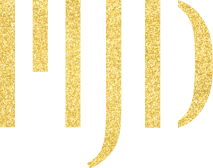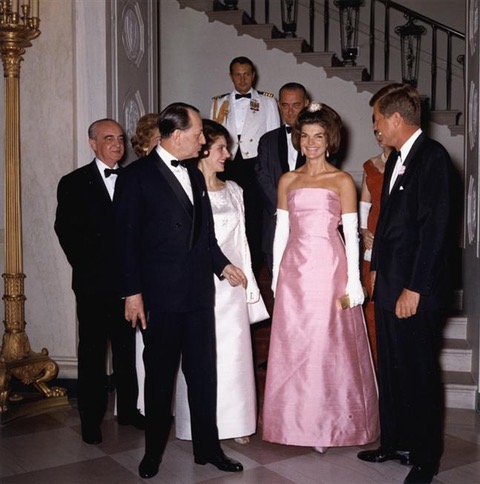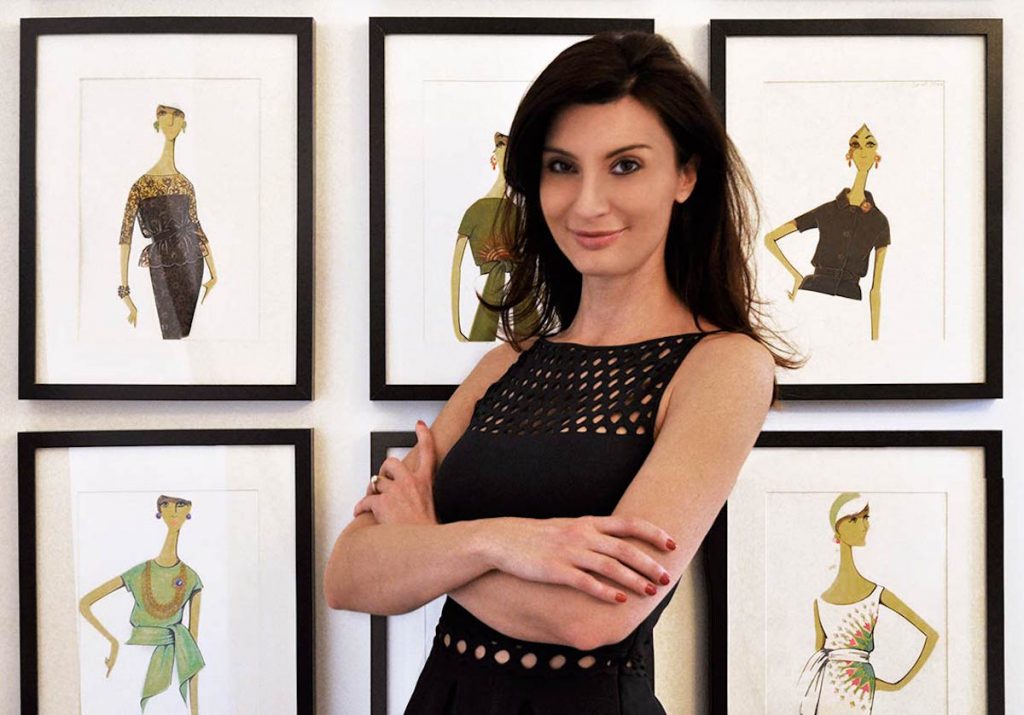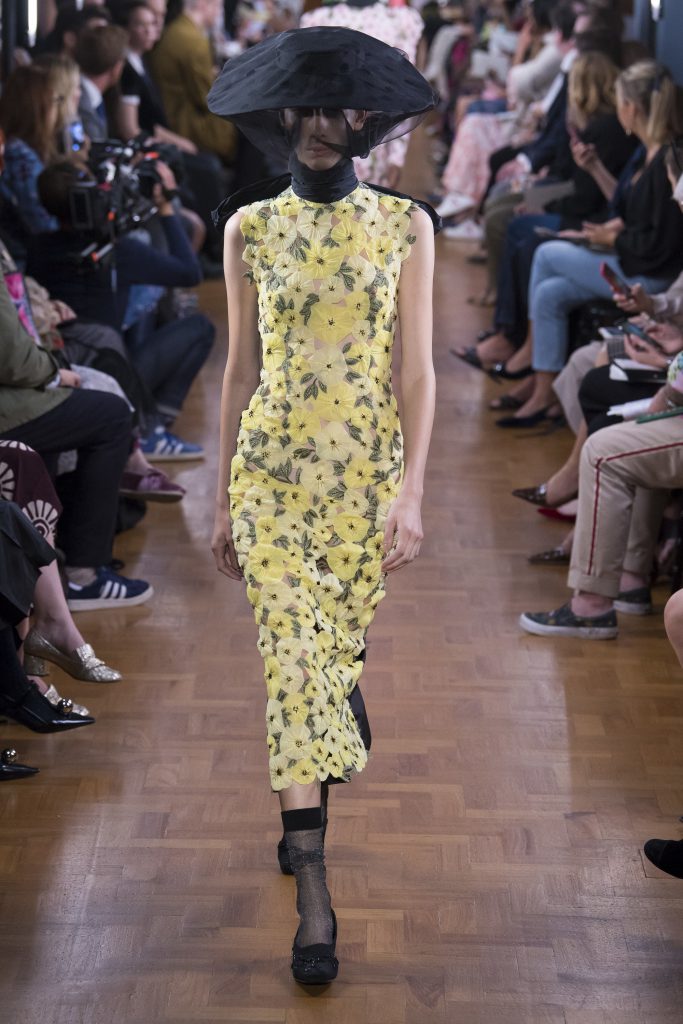
Who among us doesn’t love handbags and may perhaps even have a whole closet devoted to the little seducers?
If you love to “bag” it, then you will love Tyler Ellis designs. Ellis is the creator of clutches, handbags and totes of such quality that they are a must for any purse aficionado, including such celebrities as Julia Roberts, Princess Beatrice, Sutton Foster, Lucy Liu, Marisa Tomei and Naomi Watts.
What makes an Ellis handbag exquisite? Luxurious materials, including alligator and lizard, though she doesn’t use the skin of any animal on the U.S. Fish and Wildlife’s endangered species list. For Ellis, the divine is also in the details and includes hidden and zippered pockets, cross-body and guitar straps and zipper pulls with the company’s signature pinecone pulls. There is also the cobalt blue lining in every bag – in the manner of Christian Louboutin’s red soles – the better to see your car keys, compact, wallet, lipstick and cell, my dear. This serves as another signature as the handbags contain no logos. Rather Ellis likes their “purse”onalities to speak for themselves.
Ellis’ own personality has a sunniness that reflects her native Los Angeles, where she still lives with husband Ben and their three pooches, as well as the engaging nature of her father, designer Perry Ellis, who brought a breezy elegance to the sometimes stuffy world of menswear in the 1970s. Ellis has known her father – who died when she was 18 months old – only through the memories of her mother, TV writer-producer Barbara Gallagher, and family and friends. Despite her pride in being his daughter, Ellis has said she didn’t want to appear to be trading on his name, and so she christened her first brand – a limited collection of purses launched in New York City in 2011 after college and a stint at Michael Kors – with her first and middle names. With the establishment of her second company six years later, she not only used her surname but also shifted production of her designs from Paris to a father-and-son atelier outside Florence. Why handbags?
As Ellis notes on her website: “I have always been an accessories girl, but what really pushed me into the handbag world was traveling. I kept noticing that women all over the globe, from London to Delhi, were carrying the same luxury handbag brands. So, I decided to embark on creating a brand of the same quality as the big houses but with bespoke charm.”
She sends the Florentine team a sketch of each design and receives a sample back in a bonded leather material that she can draw corrections on, which is then turned into a finished product she can try out with her friends.
The result are designs like no others – who else would create a vertical evening bag, big enough for an iPhone? – handbags like no others and price tags like no other (ranging from $1,200 to $14,000).
But then, the handbag closet is hungry for another addition….
For more, visit also tylerellis.com.



